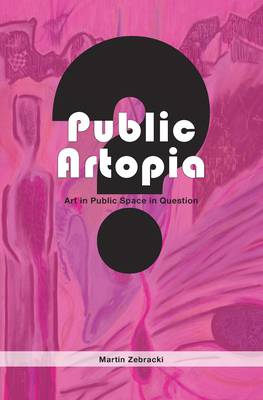
- Afhalen na 1 uur in een winkel met voorraad
- Gratis thuislevering in België vanaf € 30
- Ruim aanbod met 7 miljoen producten
- Afhalen na 1 uur in een winkel met voorraad
- Gratis thuislevering in België vanaf € 30
- Ruim aanbod met 7 miljoen producten
Zoeken
€ 77,95
+ 155 punten
Omschrijving
This book provides further insight into the interrelationships between artwork, public space and beholder. Public art has been a burgeoning phenomenon across cities in the Western world since the late 1940s. Various axioms have been produced about what public art 'does' to people in certain places and times. These axioms mainly originate from those who produce public artworks and those who are involved in public art's enabling institutional and cultural policy contexts. Until now, public art has hardly been problematised from a geographical perspective. On top of that, little is known about the relationships between art and public space through particularly the perspectives of public art's publics. This work explicitly includes both a geographical perspective and publics' experiences of public art.
Specificaties
Betrokkenen
- Auteur(s):
- Uitgeverij:
Inhoud
- Aantal bladzijden:
- 190
- Taal:
- Engels
- Reeks:
Eigenschappen
- Productcode (EAN):
- 9789085550655
- Verschijningsdatum:
- 28/02/2012
- Uitvoering:
- Paperback
- Formaat:
- Trade paperback (VS)
- Afmetingen:
- 156 mm x 235 mm
- Gewicht:
- 332 g

Alleen bij Standaard Boekhandel
+ 155 punten op je klantenkaart van Standaard Boekhandel
Beoordelingen
We publiceren alleen reviews die voldoen aan de voorwaarden voor reviews. Bekijk onze voorwaarden voor reviews.








